Malaysia stands as a unique cultural crossroads where various civilizations, religions, and ethnic groups coexist harmoniously. Every day life of the nation clearly shows the great impact of the customs and traditions of different peoples, including Malays, Chinese, Indians, and indigenous communities.
As globalization accelerates, Malaysia’s cultural practices are adapting to modern realities and technologies while preserving their deep-rooted heritage. This article will discuss how customs change in the cultural domain and how they fit to this process.

A Legacy of Cultural Diversity
Rich in both historical and cultural legacy is Malaysia. Beginning with centuries-old Malay, Chinese, and Indian customs and extending with modern influences, local traditions and customs are passed down generation after generation. This blend of cultural influences has created a distinctive and multifaceted Malaysian society that continues to evolve under the pressures of modernization.
Malaysia’s cultural identity is a reflection of centuries of interaction among major ethnic groups. Each community has contributed distinct customs that continue to shape the nation’s social fabric. Malay traditions, for instance, encompass significant Islamic practices such as the fasting month of Ramadan, while also preserving cultural rites like traditional Malay weddings. The Chinese community celebrate the Lunar New Year and the and the art of Chinese tea ceremonies, while the Indian population introduced the festivals of Deepavali and Holi.
As Malaysia advances technologically and economically, its cultural practices are adapting to align with contemporary lifestyles. Malaysians strive to maintain their cultural roots while embracing innovations that make these traditions more accessible and relevant in a modern context.
Modernization of Traditional Clothing
One notable transformation is seen in traditional attire. The baju kurung, a traditional Malay outfit, has evolved from its classic form into modern interpretations suitable for daily wear. Contemporary designs feature lighter fabrics, innovative patterns, and tailored silhouettes, making the attire more practical while retaining its cultural essence.
This adaptation allows younger generations to express their heritage while navigating urban lifestyles.
Culinary Heritage in a Modern Interpretation
As part of cultural mix, Malaysian cuisine renowned for its rich blend of Malay, Chinese, and Indian flavors has undergone significant evolution. Classic dishes like nasi lemak and roti canai are now being reimagined in fusion cuisine, catering to diverse and modern palates.
Food vendors and high-end restaurants alike are offering innovative versions of these beloved dishes, ensuring their continued relevance while preserving the essence of traditional recipes.
Cultural Festivals in a Global Era
Religious and cultural celebrations remain at the heart of Malaysian life, but they too have adapted to modern realities. Festivals such as Hari Raya Aidilfitri, Chinese New Year, and Deepavali continue to hold profound cultural and spiritual significance, while also incorporating contemporary elements.
Urban centers now host large-scale cultural and commercial events during these festive periods, blending tradition with entertainment. For instance, Ramadan bazaars not only offer traditional delicacies but also feature digital marketing and online platforms to reach wider audiences. This fusion of tradition and technology enhances the festive experience while making cultural practices more accessible in the digital age.
Additionally, the advent of social media has transformed how cultural knowledge is shared. Malaysians, especially the younger generation, use digital platforms to document and celebrate their heritage, fostering a renewed appreciation for cultural practices while engaging with global trends.
Youth and Culture
Malaysia’s youth play a pivotal role in shaping and sustaining cultural traditions. Their embrace of digital culture, music, and art reflects a balance between heritage and contemporary expression. Malaysian artists and musicians frequently draw inspiration from their cultural roots, infusing traditional motifs into modern artistic creations.
This trend extends to local brands and businesses, which increasingly incorporate cultural elements into their products. For example, fashion designers blend traditional textiles like batik and songket with modern styles, appealing to both local and international consumers.
One of the contemporary cultural phenomena actively attracting youth is Plinko casino, where traditional gaming elements merge with new technologies and entertainment opportunities.
Conclusion
The continuous evolution of Malaysia’s cultural landscape brings both challenges and opportunities. On one hand, adapting traditions ensures their survival and fosters a sense of national identity. On the other, the integration of modern influences allows Malaysia to remain open and responsive to global trends.
Malaysia’s ability to blend ancient customs with contemporary innovation positions it as a model of cultural coexistence. This harmonious balance not only strengthens the nation’s cultural identity but also makes Malaysia an inspiring destination where tradition and modernity thrive side by side.




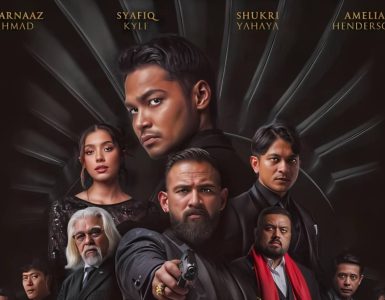


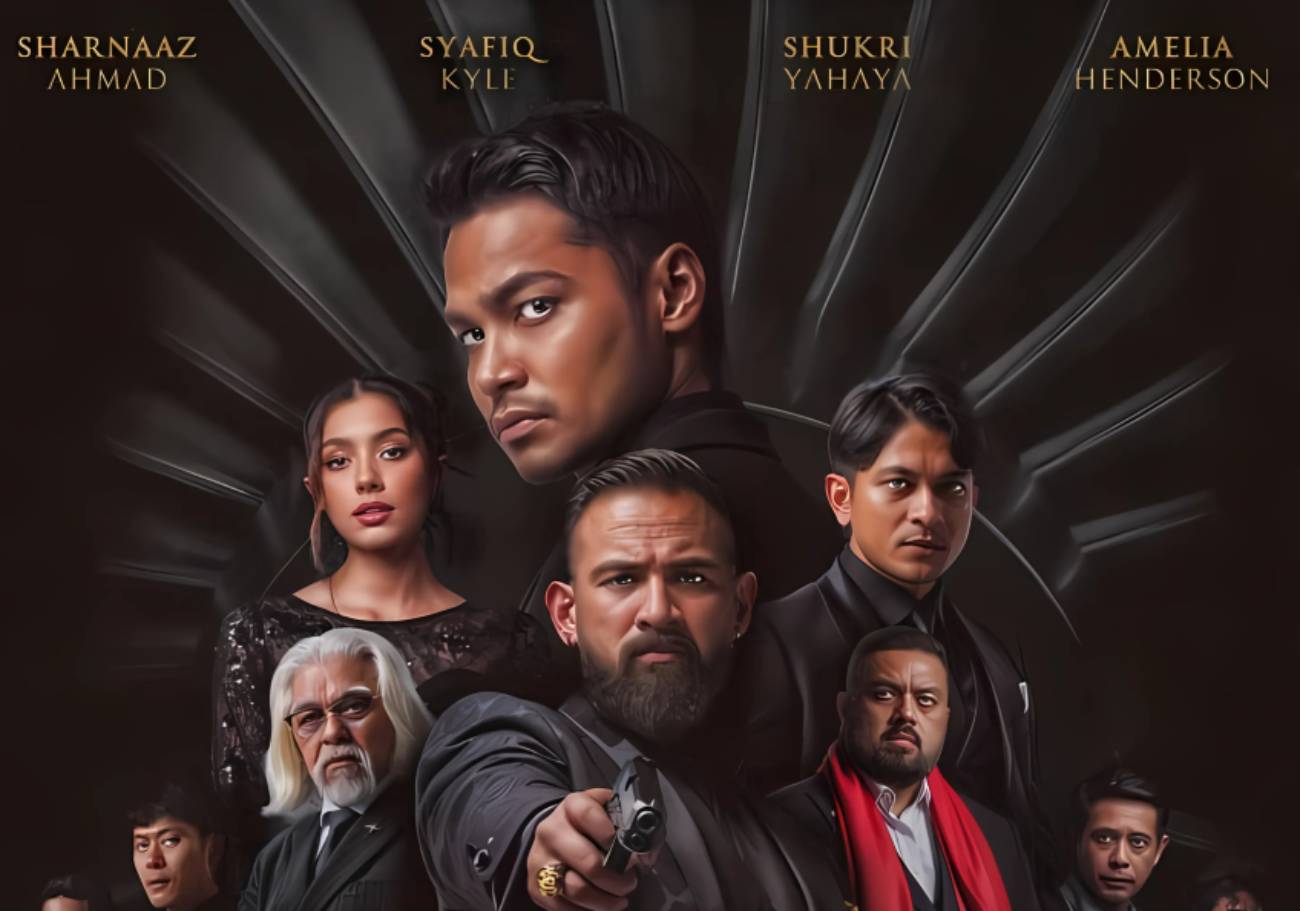
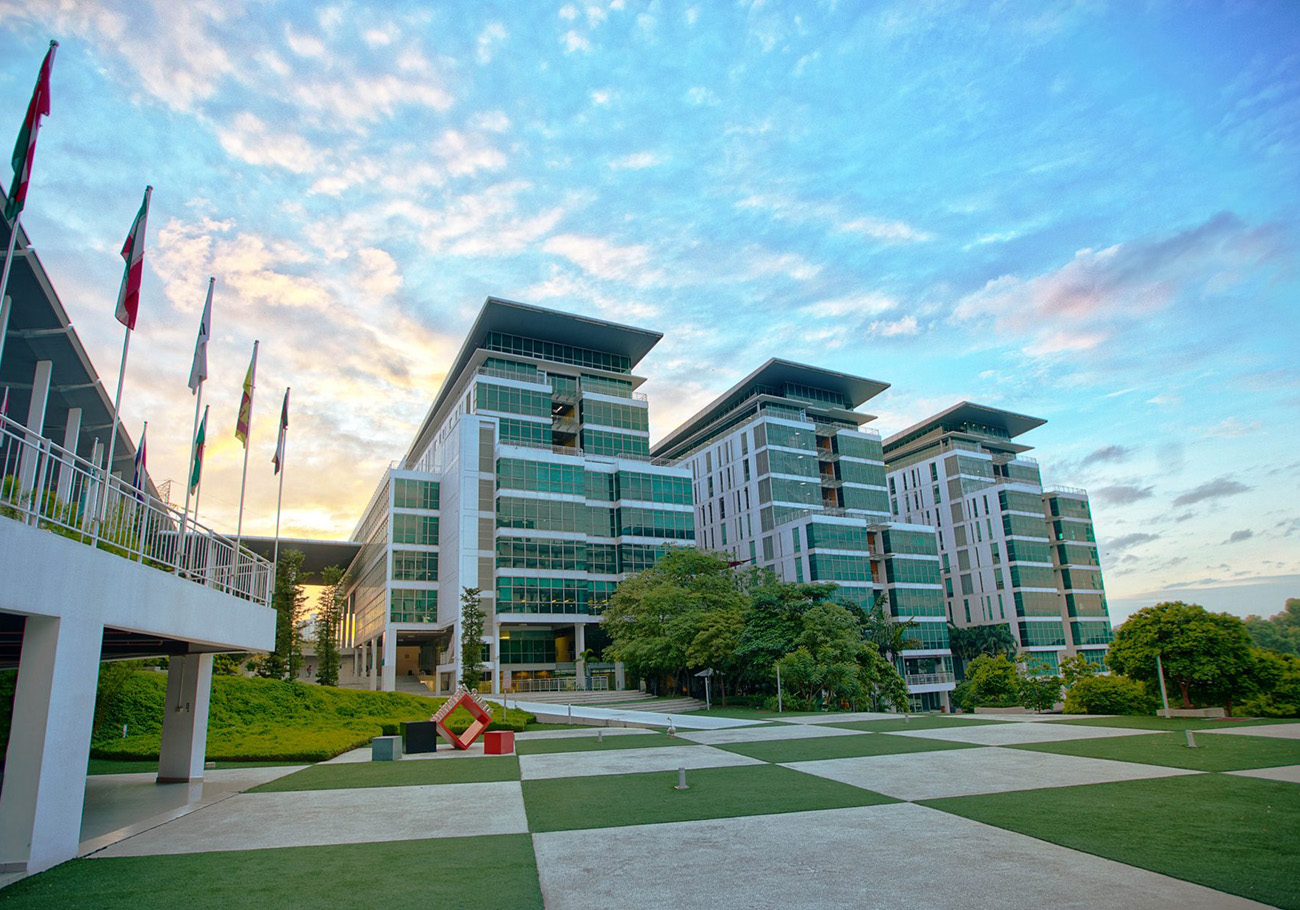
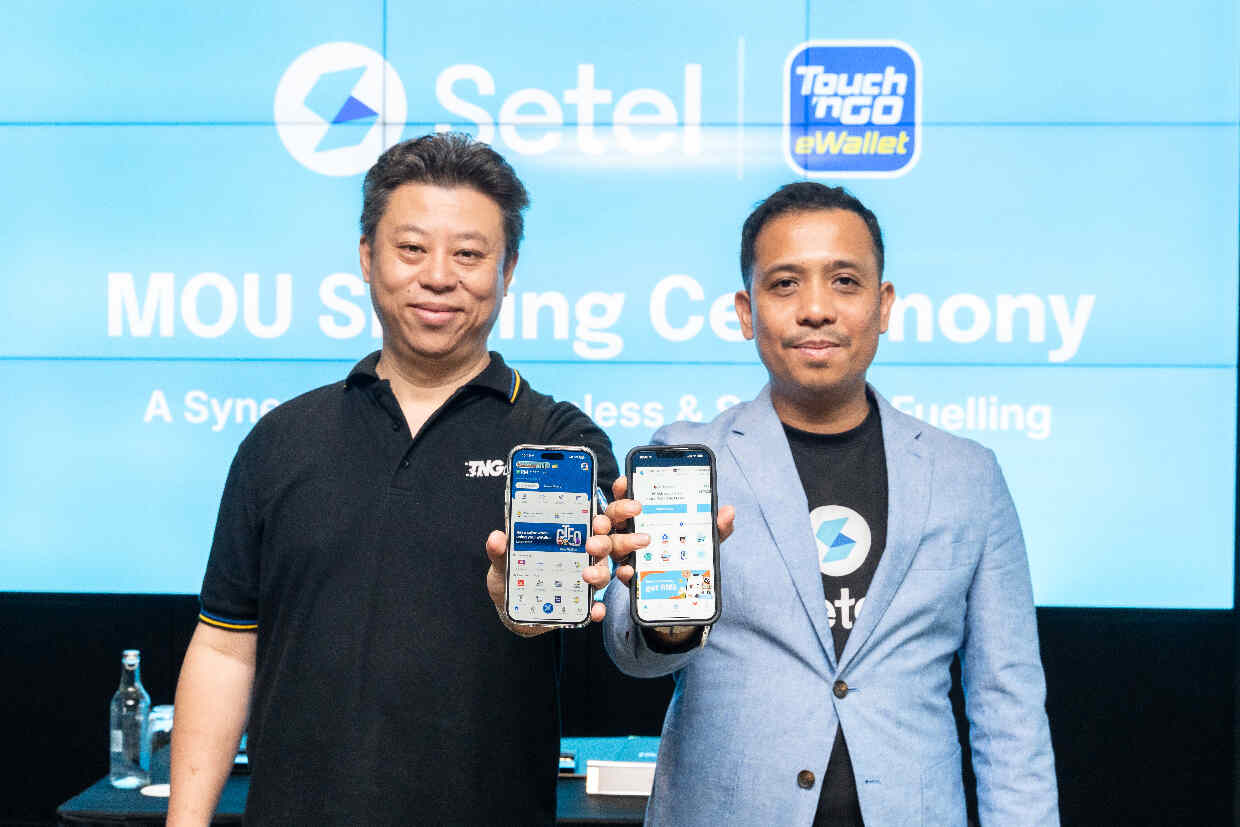
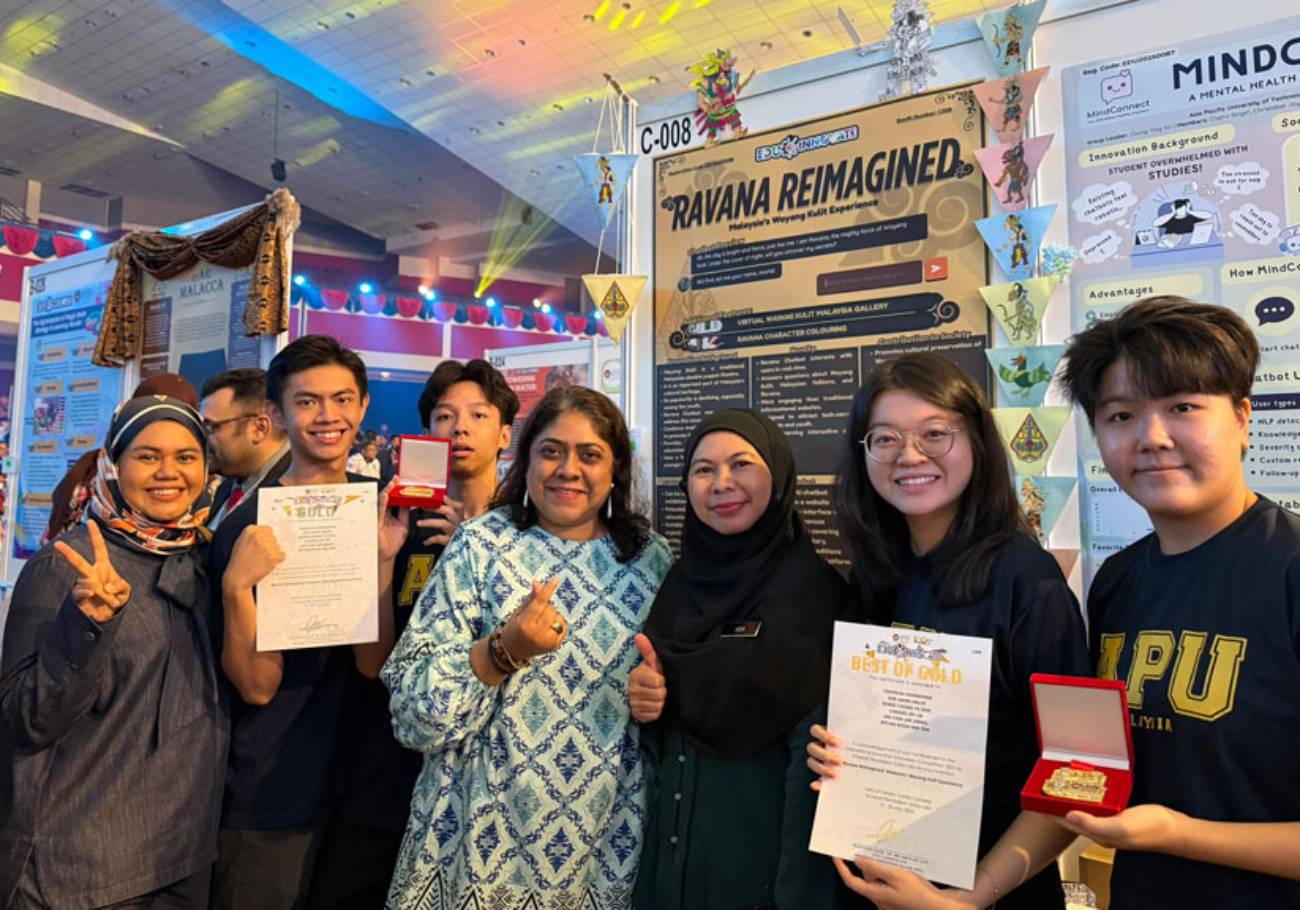

Add comment